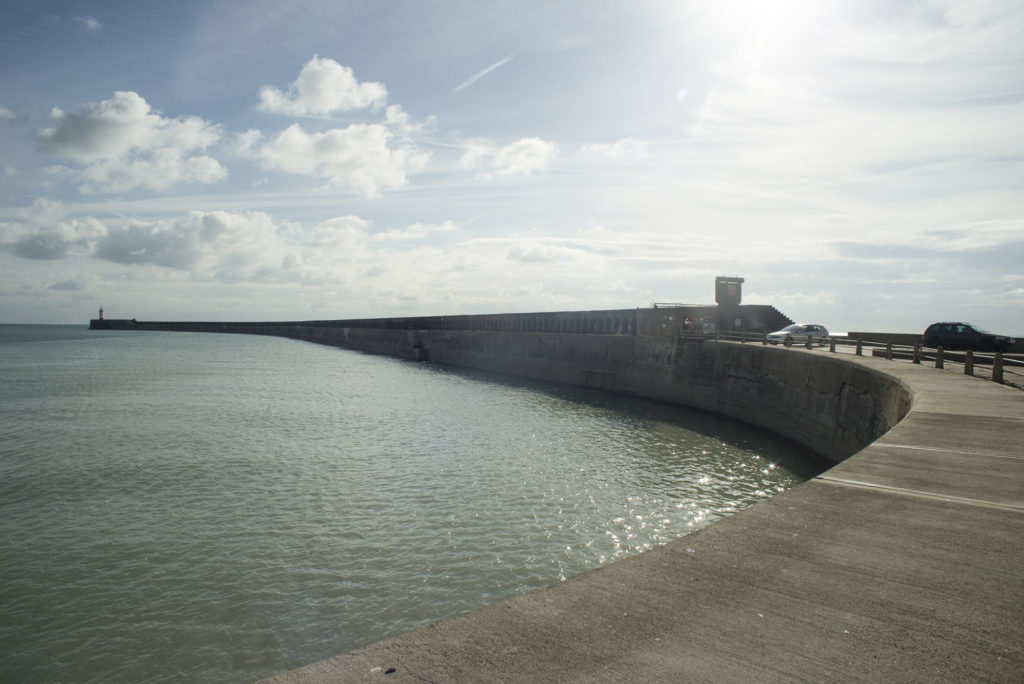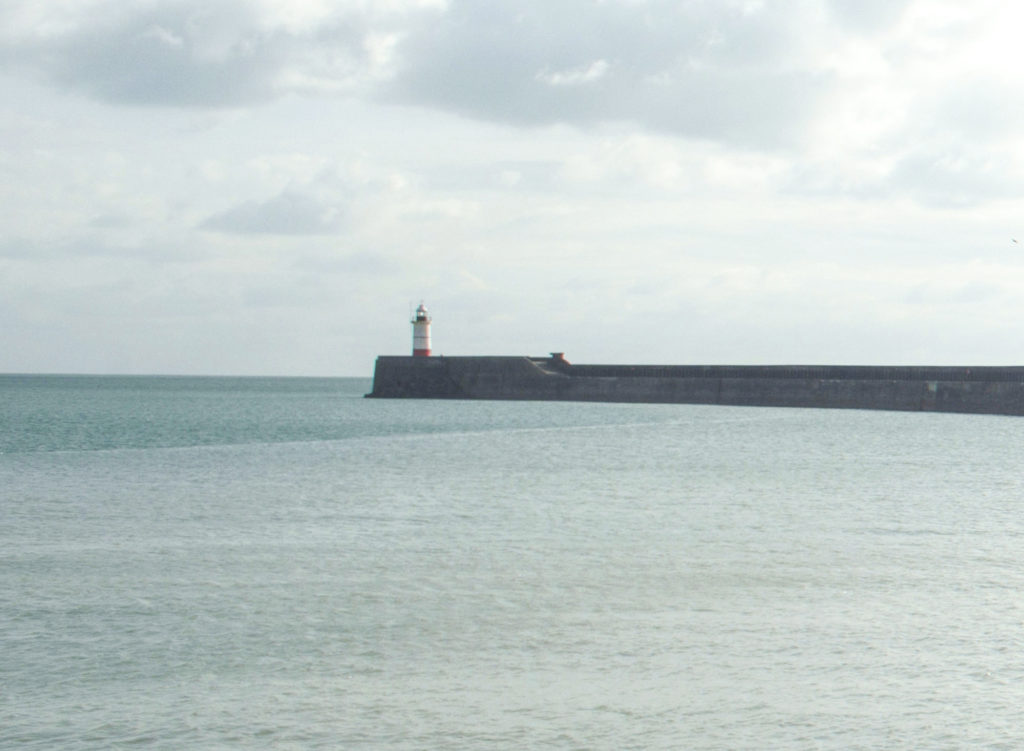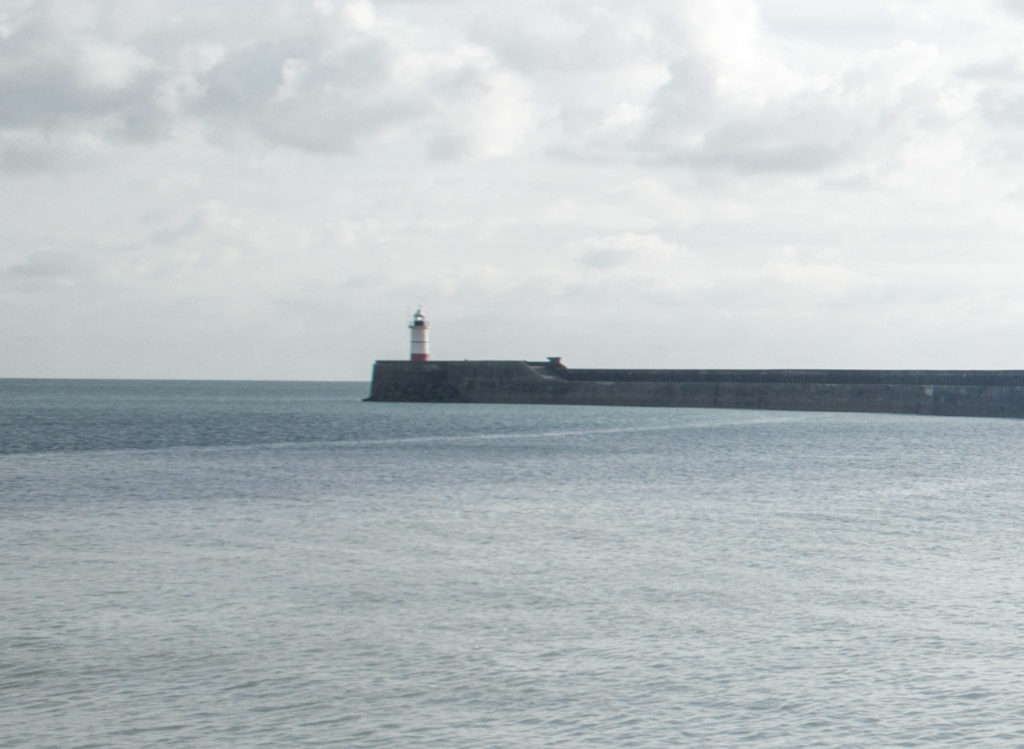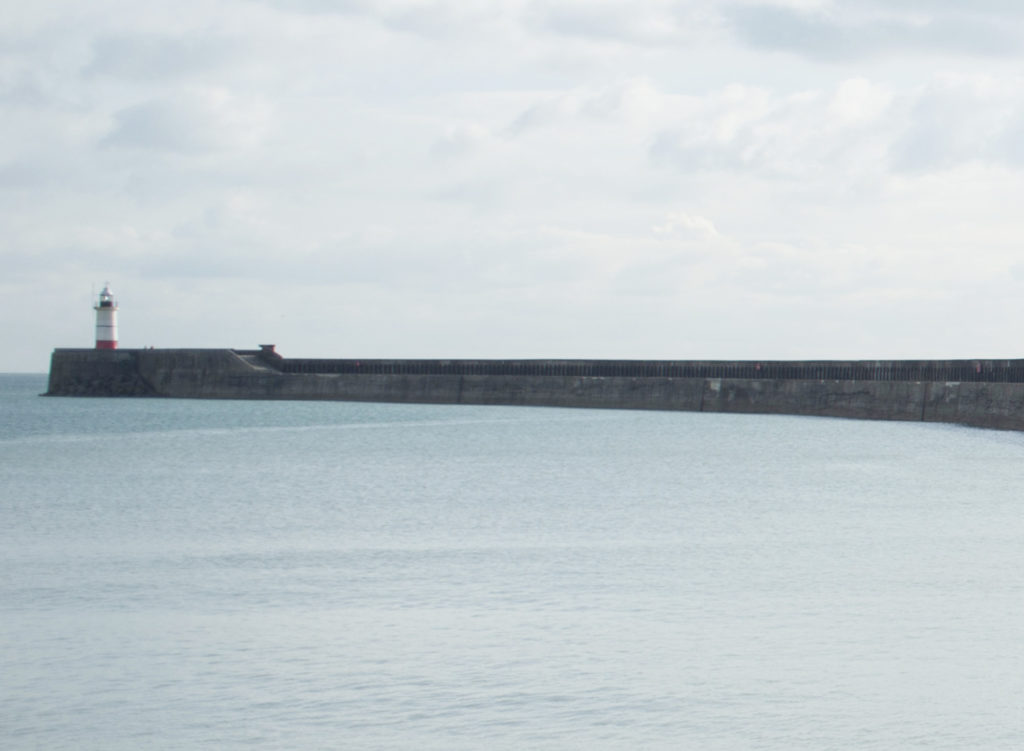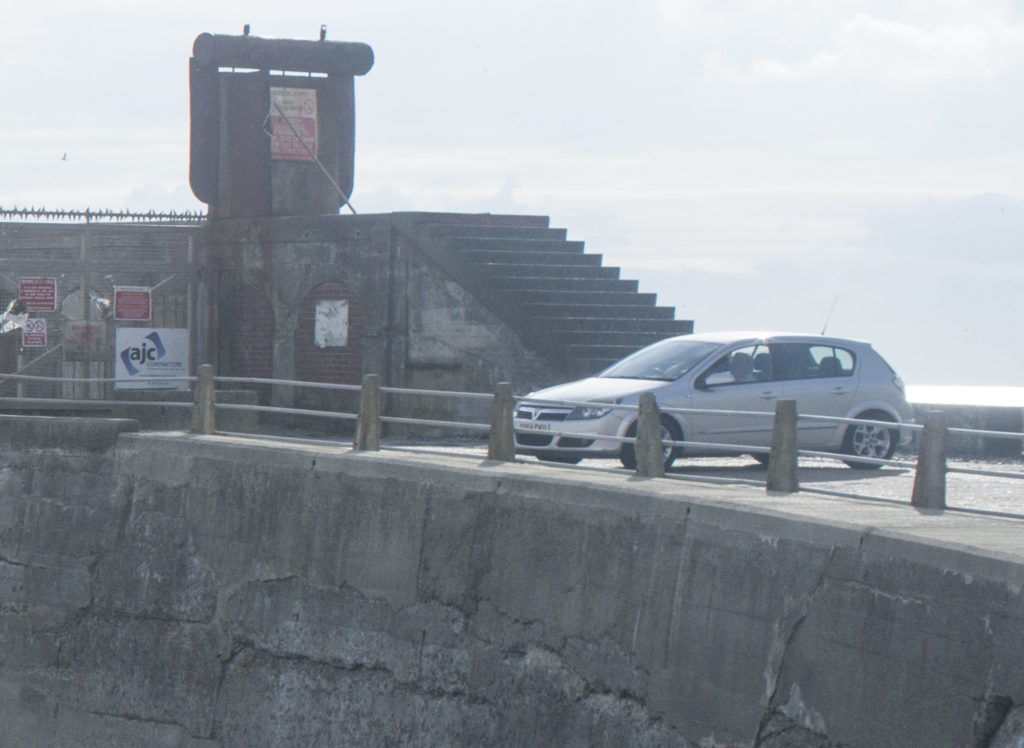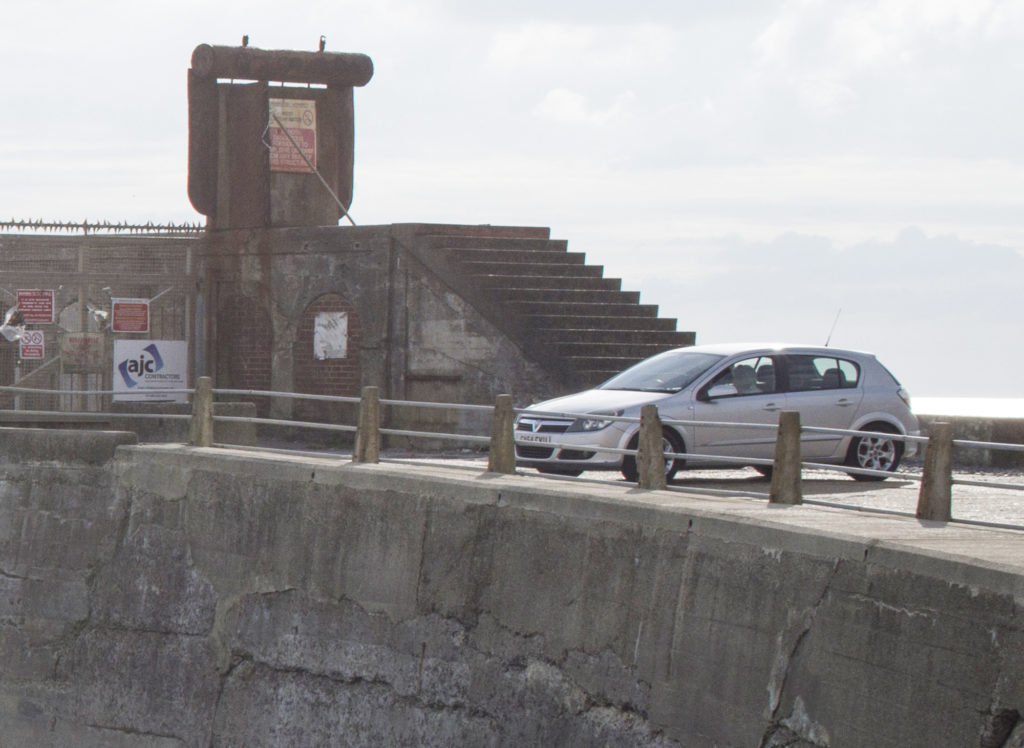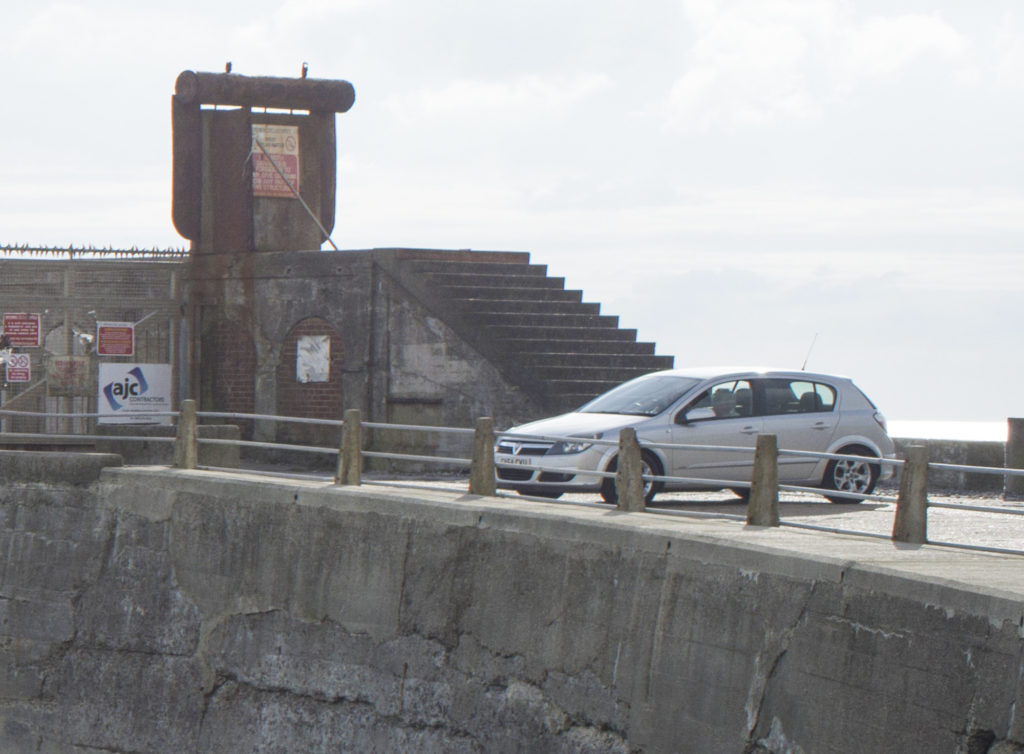Our aim in this set of tests was twofold, to test the image quality of a series of wide angle lenses, from old and battered to later generation optics and secondly to have a dabble with focus stacking to see how much we could improve the overall depth of field. (More on that in a later review.)
For the purpose of these tests we used a Nikon D800 mounted on a tripod with an electronic cable release to remove the chance of camera shake, the lenses were all set at the infinity mark on the lenses and stopped down to f8.
Lenses tested were manual focus and were as listed: 24mm f2.8 Nikkor S, Tamron 24mm f2.5, Tamron 28mm f2.5, Nikkor S 35mm f2.8, Nikkor 35mm f2.8 and Nikon Series E 35mm f2.5 ( as in a previous review by M, Series E lenses were marketed as the budget range of Nikon lenses)
Conclusions
Surprisingly there was very little between any of the lenses in regards to sharpness.
Tamron 24mm showed signs of colour shift due to lens flare, lesson learnt here is always use a lens hood (we did not) however colour was easily corrected in Photoshop, so not a major problem.
Nikkor S 35mm was cooler than the other 35mm lenses in the test set.
Nikon Series E lens was as sharp as the other 35mm lenses, despite a simpler lense design it more than held it’s own.
One thing that did appear on all the lenses was a degree of green fringing, although only seen at high magnification, However it can be corrected.
Despite in the case of both of the Nikkor S lenses their cosmetic appearance and loose focus, we would happily take any of the lenses on location, safe in the knowledge that they are all capable of producing sharp results.

